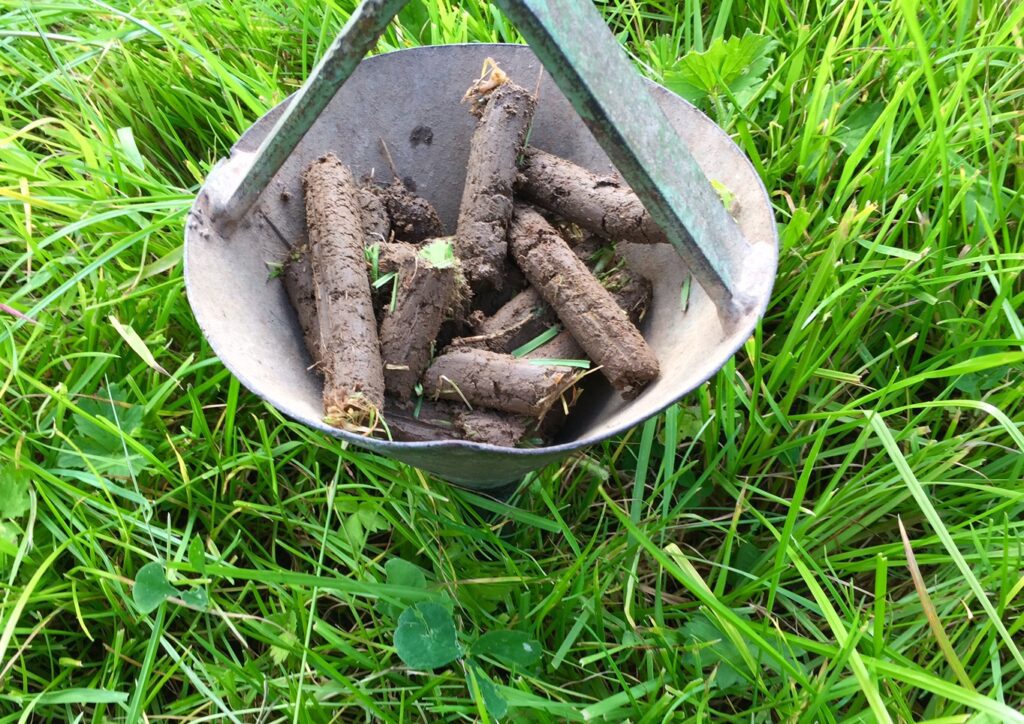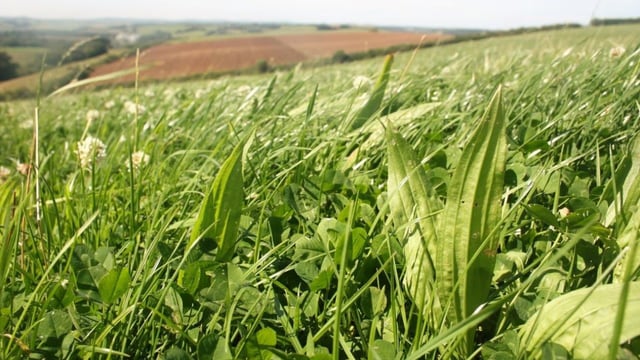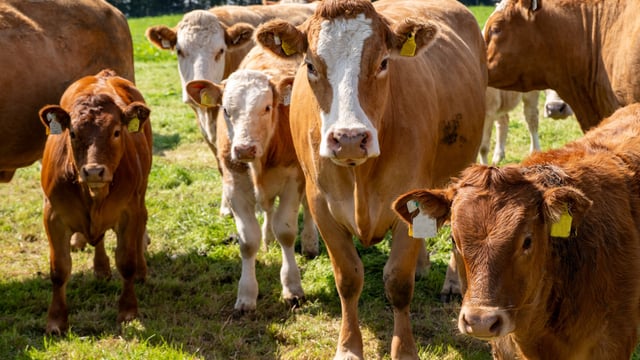Late autumn management of winter oilseed rape crops
The area of winter oilseed rape planted in Ireland over recent weeks has increased to approximately 16,000-17,000ha, according to Teagasc.
This is due to a combination of good forward prices along with planting opportunities last August.
Crops are generally more advanced than normal due to above average temperatures in September/October, Teagasc said, so monitoring for disease is important.
Fungicides
Phoma is common in the autumn and once the threshold of 10% of plants affected is reached, the crop should be treated.
Light leaf spot (LLS) is the main disease of rape in Ireland. But identifying it in the autumn is difficult.
To prevent disease, all rape crops should get a fungicide for LLS in November. This will also cover Phoma.
Proline or Prosaro is rated the best for LLS control in Agriculture and Horticulture Development Board (AHDB) trials.
But other products like Sirena (metconazole) and Tebucur (tebuconazole) can also be used.
Sirena and Tebucur have some growth regulatory activity, but their impact will be reduced as temperatures drop in November.
Fertiliser planning: new administrative requirement
Teagasc is also highlighting that a new rule applies to soil sample reports.
Every soil analysis result must state the geo-reference or the Land Parcel Identification System (LPIS) number of the land represented by the sample.
If this information is missing, the parcel will automatically default to phosphorus (P) index 4.
The LPIS number is the identifier shown on your Basic Income Support for Sustainability (BISS) maps (a letter and 10 digits).
Georeference means GPS co-ordinates, presented as latitude and longitude, linked to a soil sample.
If one sample represents several small parcels, the printed report must include the LPIS number or geo-reference for each parcel.
The first step to be taken by farmers in planning fertiliser for their 2026 crops is to ensure that they have enough soil samples for the land that they are farming.
Where soil sampling and testing are concerned, a number of key drivers are now in play.
If no P soil test report is generated, then no P allocation can be specified.
Put simply: in the absence of a soil test report, a P index 4 is assumed.
Farmers should take specific soil samples that relate to every 2-4ha of their land.
The maximum area recognised for a single soil sample is 5ha.
Soils should be sampled to a depth of 10cm with a minimum of 20 soil cores taken per sampling area.
And, finally, soil samples are required every four years.





